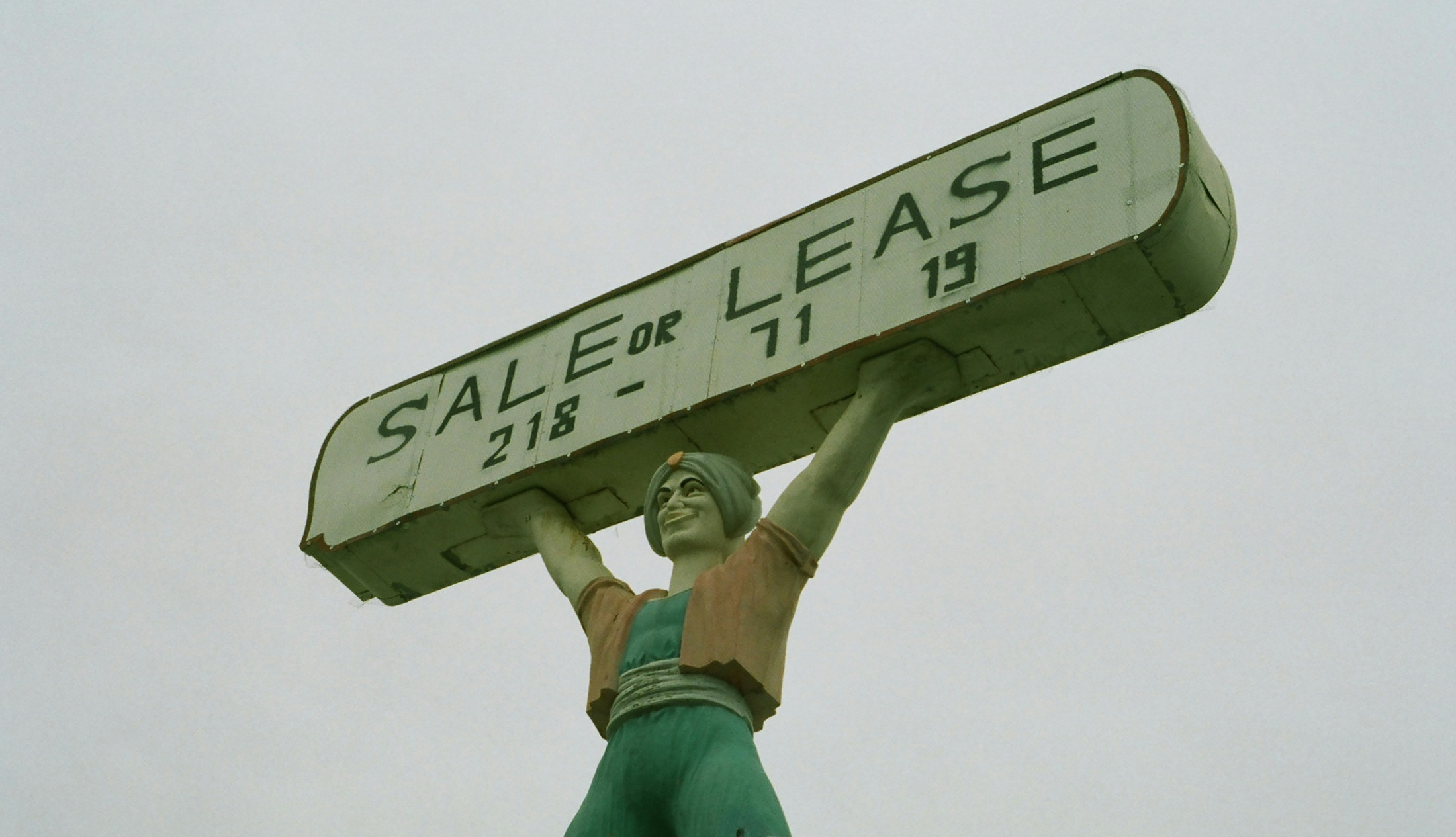New deed of lease documentation
Posted: 25 March 2025
In November 2024, The Law Association of New Zealand (TLANZ), formerly the Auckland District Law Society, released an updated version of the standard form deed of lease document, its 7th edition.
Landlords and tenants should be up to date
This new edition of the deed of lease (DoL) includes a number of new or varied provisions that TLANZ has included in response to the evolving commercial leasing landscape; in some cases these provisions address pitfalls in earlier DoL editions that sought to deal with issues that arose during Covid. The result is that there are a number of new default provisions for both landlords and tenants to consider when entering into a lease, and new procedures to be aware of that didn’t form part of previous leases.
Rent
Numerous provisions affecting rent, rent adjustment and rent abatement have been included in this new DoL. Where previous DoL editions referred only to CPI or market rent adjustments, the 7th edition includes an option in Schedule 1 to include a fixed rate adjustment for rent. That means that on the rent adjustment date recorded in your lease, the rent will be adjusted by a fixed percentage, rather than an adjustment being based on market rent or a CPI calculation.
There are benefits in this approach for both landlords and tenants. It provides a greater level of certainty for anticipating rent increases for tenants and income for landlords.
In addition to adding this option, the 7th edition has added to Schedule 1 an option to include upper and/or lower limits on rent adjustments. This sets out at the forefront of the DoL limits on any ratchet-type provisions which previously would have been buried in the standard/further terms of the lease.
Again, these provisions can give greater clarity to both parties around the extent of any rent adjustment, where the adjustment is not a fixed rate, and would advise tenants whether an adjustment could result in a lower rent payable (although it is rare that this would be the case).
Outgoings
The outgoings are other expenses under the lease that the landlord passes on to their tenant. The 7th edition requires, as the default position, that the landlord provides an annual budget of outgoings to the tenant.[1]
This is a helpful inclusion for tenants as it provides certainty for budgeting and greater transparency around the costs additional to rent that the tenant must pay. This is invaluable information for anyone looking to enter into a lease and should be reviewed by any prospective tenant prior to entering into a new lease.
Reinstatement
Reinstatement is not a new concept under the lease, although provisions have been added to better define the rights and obligations relating to signage, tenant’s chattels, alterations and the premises overall.
An important aspect of this relates to the tenant’s chattels; this is a new inclusion in Schedule 6. Items listed here will inform the obligations around the removal of tenants’ chattels under the new reinstatement provisions.[2]
Knowing what tenants need to remove, put back and who bears the cost is crucial to understand before entering into a new lease, especially if you plan on modifying the premises in any way before or during the term. A tenant will always need the landlord’s permission to make any changes or alterations, and it is best to get this in writing.
Rent abatement
If at any time a tenant cannot access the premises (or part thereof), they should receive a discount on the rent at the rate that is set out in Schedule 1. This has been included to set a starting point for rent to be discounted during no access periods rather than tenants having to endure a long determination process to agree the discounted rate during the term of the lease.
The rate recorded in Schedule 1 can be reviewed under the terms of the lease and the process for this is clearly set out.[3]
These are just some of the changes that have been included in the Deed of Lease 7th edition. Whether you’re a tenant entering into a new lease for your business or you’re looking to get a lease prepared for a commercial property you own, talk with us so you understand and use these changes to ensure the terms are best suited for you.
[1] Clauses 3.7–3.10 in 7th edition.
[2] Clauses 23.1–23.5.
[3] Clauses 29.3-29.5.
DISCLAIMER: All the information published in the Property eSpeaking, Commercial eSpeaking, Trust eSpeaking, Rural eSpeaking, and Fineprint newsletters is true and accurate to the best of the authors’ knowledge. It should not be a substitute for legal advice. No liability is assumed by the authors or publisher for losses suffered by any person or organisation relying directly or indirectly on this article. Views expressed are those of individual authors, and do not necessarily reflect the view of this firm. Articles appearing in Property eSpeaking, Commercial eSpeaking, Trust eSpeaking, and Fineprint may be reproduced with prior approval from the editor and credit given to the source. Copyright, NZ LAW Limited, 2019. Editor: Adrienne Olsen. E-mail: [email protected]. Ph: 029 286 3650 or 04 496 5513.
